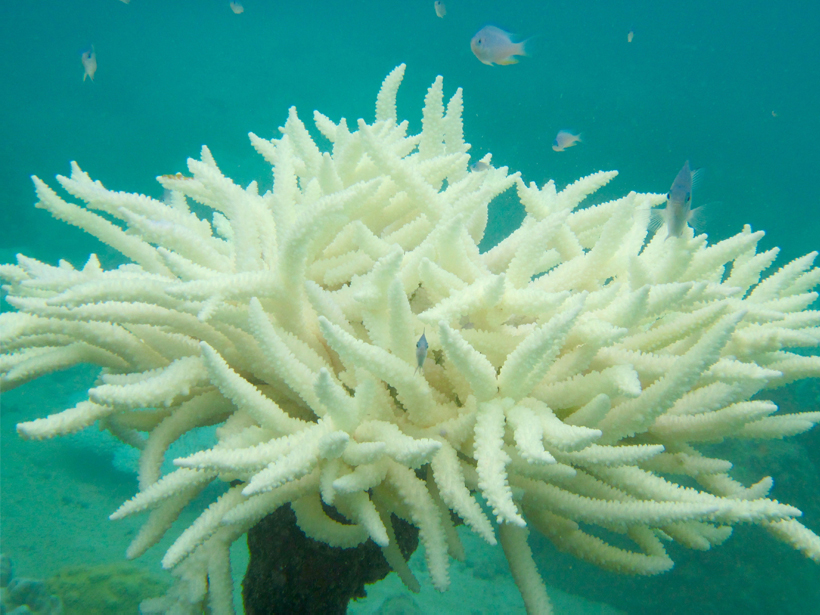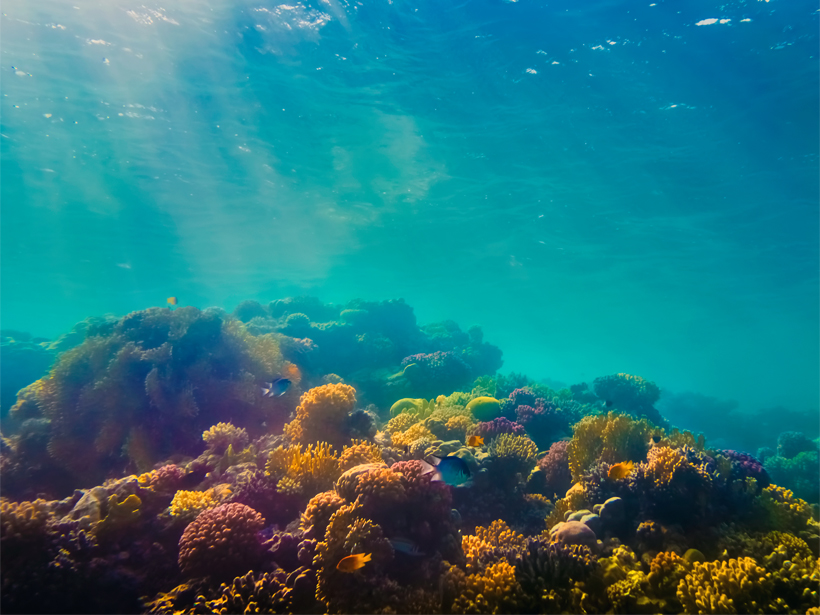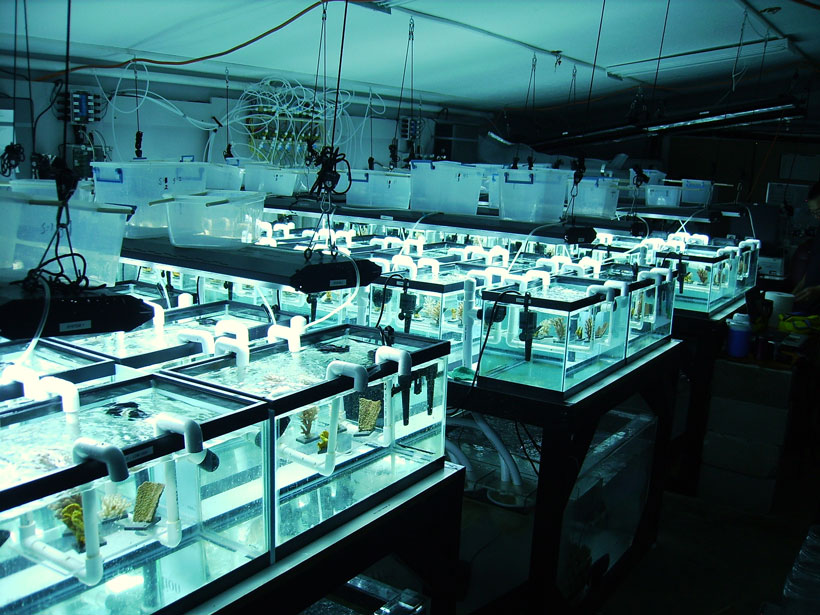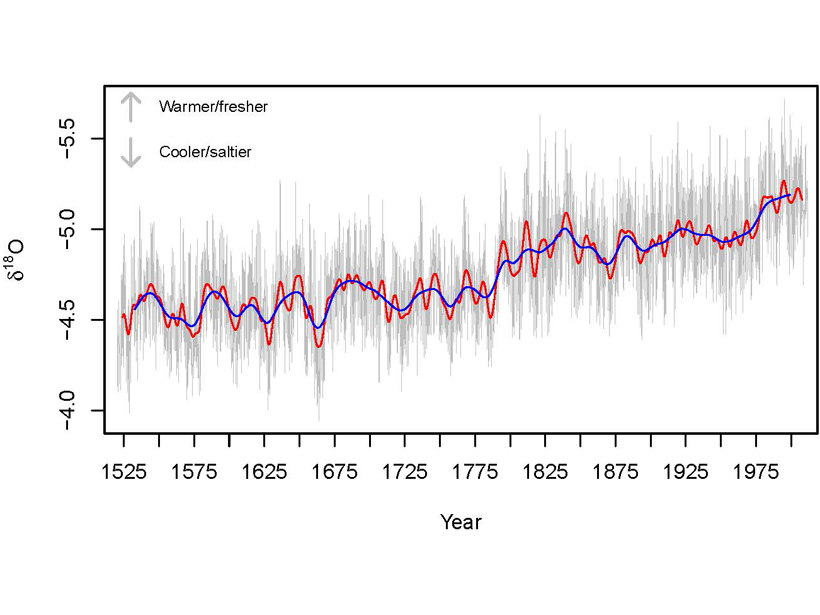Although some islands demonstrate more resiliency than previously thought, island communities may require significant flood-resistant infrastructure to maintain their way of life.
coral reefs
Dead Reefs Keep Calcifying but Only by Day
A new measurement technique has revealed that turf algae communities colonizing dead reefs have a dual role, adding new mineral material to the reefs during the day and taking it away at night.
A Key to Coral Bleaching Events? Location, Location, Location
New research indicates that longitude, as well as warming waters, may be a key predictor of coral bleaching events.
Tropical Corals Are Migrating Away from Warming Waters
In the first global assessment of its kind, researchers discovered that coral recruitment is declining globally and throughout the tropics while increasing in the subtropics.
Report Examines New Tools to Protect Coral Reefs
Coral reefs face threats including habitat destruction, pollution, and climate change. A novel set of interventions could help them persist in rapidly degrading environmental conditions.
The Effect of Coral Bleaching Events in the Great Barrier Reef
A new study using seawater chemistry compares the status of the iconic reef before and after a bleaching event.
Mysterious Coral Reef Halos Can Be Seen from Space
Grazing rings around reefs have the potential to be used as a tool for monitoring reef health, but first, scientists have to figure out what factors govern halo size differences.
Coral Microbiomes Offer Clues for Resilience and Conservation
Some coral species might be better equipped to adapt to a warmer, more acidic ocean. Finding out which ones, and why, could be the key to saving reefs around the world.
Coral Reef Video Game Will Help Create Global Database
Players dive off a research boat, identify and classify coral reefs using satellite and drone images, and bring marine life back to reefs. In doing so, they help scientists teach a machine to learn.
What American Samoan Corals Tell About El Niño’s History
Samoan corals record how patterns of warm/cool and more/less salty in the equatorial Pacific changed in space and time over the last 500 years.










